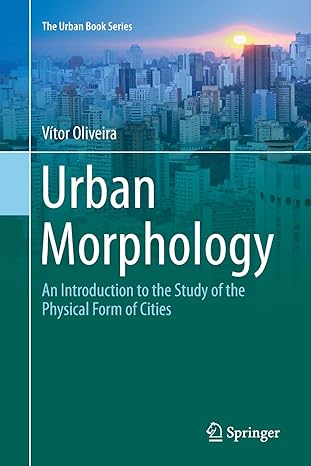Exercise 5.1Where do we live? Where do we live? aims at offering students a first insight into
Question:
Exercise 5.1—Where do we live?
‘Where do we live?’ aims at offering students a first insight into the main population dynamics of their countries and continents. It draws on data collected and offered by theUnitedNations (UN), and its PopulationDivision of the Department of Economic and Social Affairs.
Students should start their investigation at https://population.un.org/wup/DataQu ery/. Each student should select one country from the continent where the exercise is taking place. The first step is looking at the country’s urban population distribution in 2020, identifying the different cities that fit in each of the five types defined by the UN: smallest cities, small cities, medium cities, large cities, and megacities (see the last row of Table 5.9 for the example of Spain, in Southern Europe). The second step is looking at these cities’ evolution over time (drawing on the set identified in the last row), focussing on three historical periods: 2000, 1980, and 1960. The final step is identifying periods of population increase and decrease for each of these cities, as well as the highest positive and negative rates. The results of the exercise should be gathered in a table similar to Table 5.9. The exercise can take place in classes or as homework.
Step by Step Answer:

Urban Morphology An Introduction To The Study Of The Physical Form Of Cities
ISBN: 287081
2nd Edition
Authors: Vitor Oliveira






